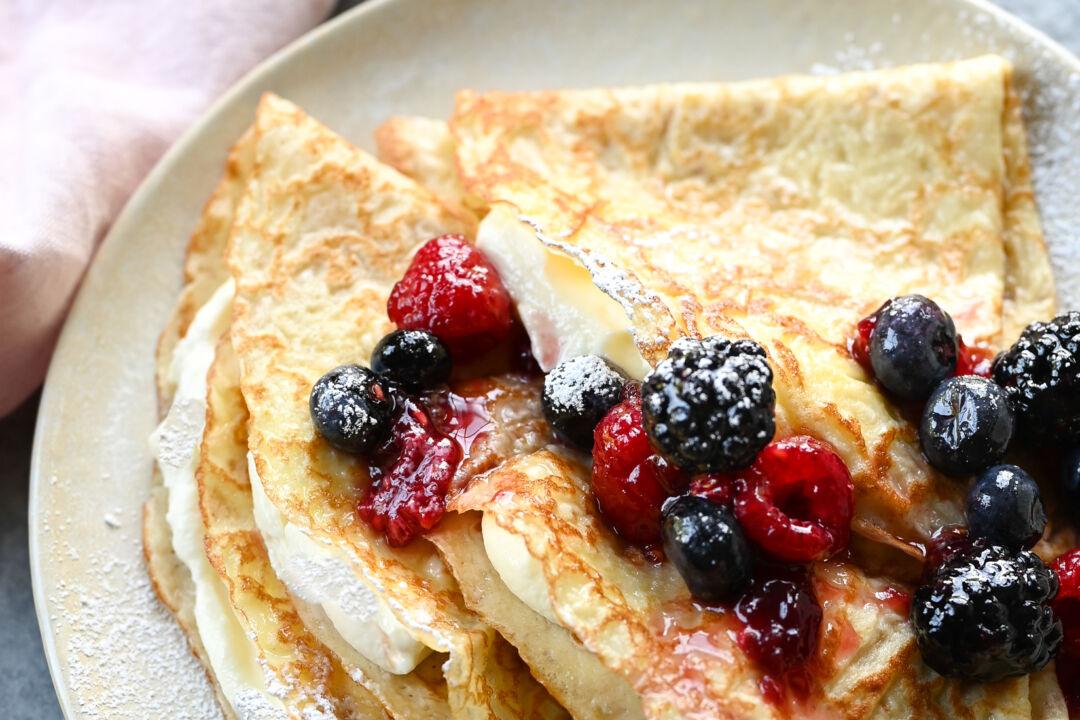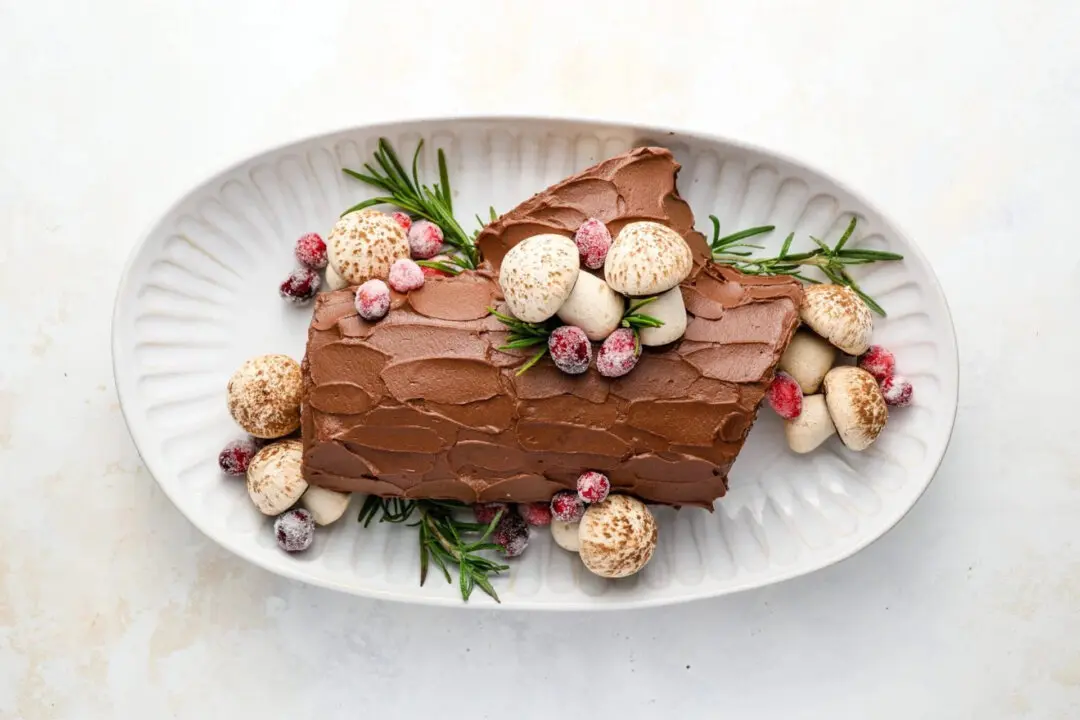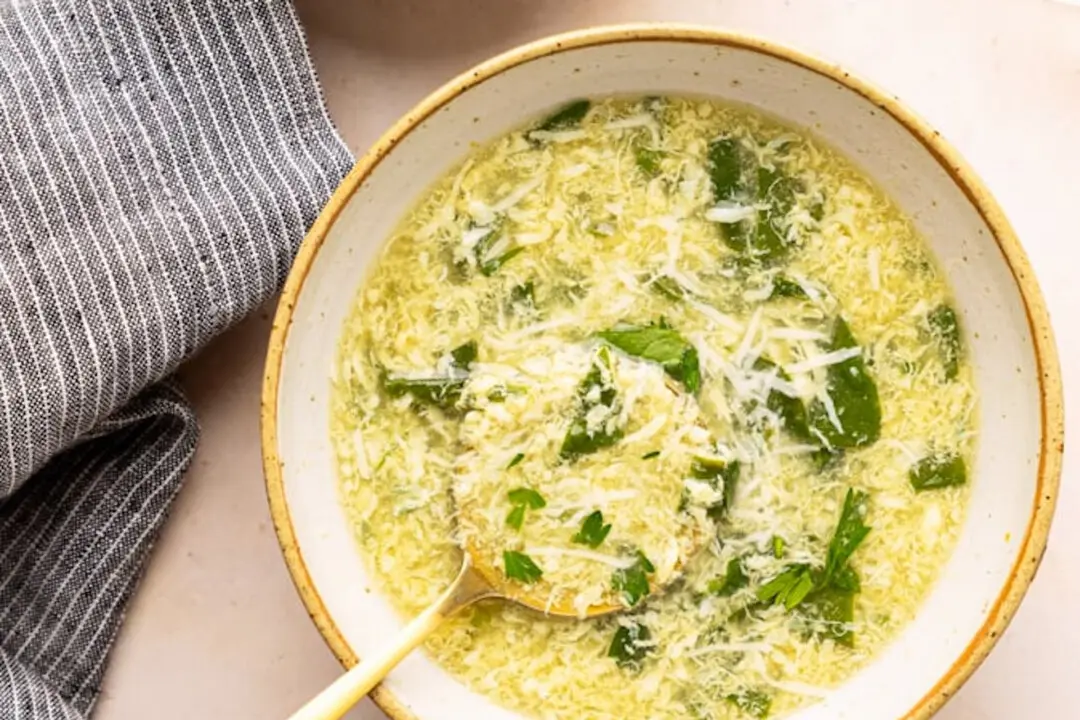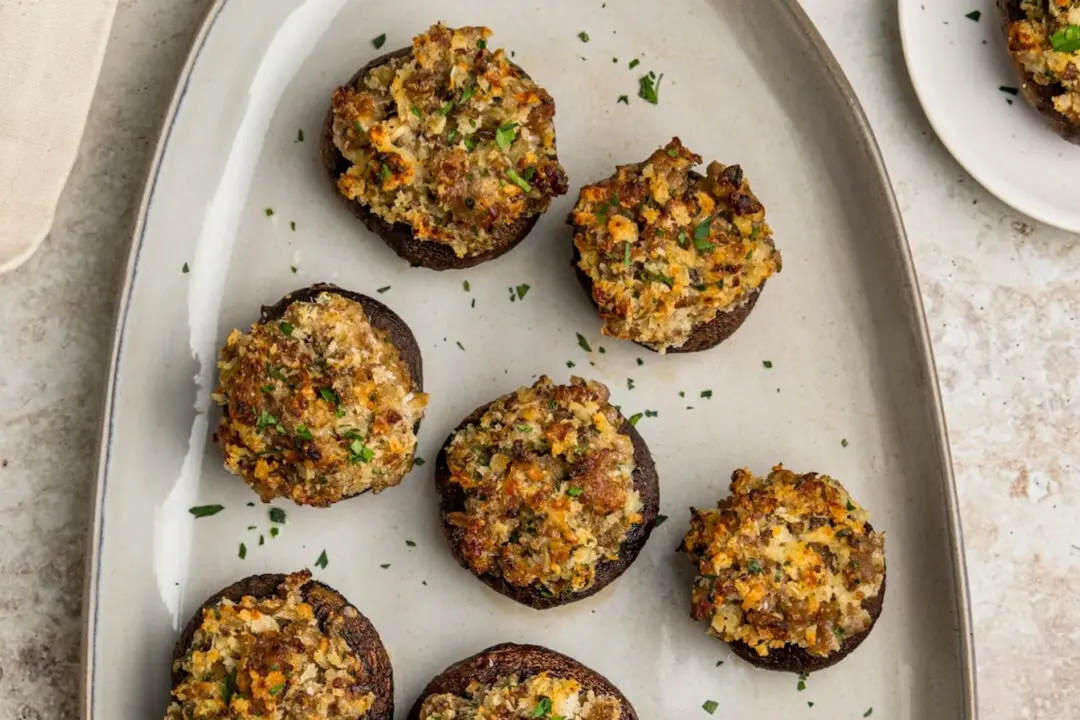I trained at a French culinary school, but it wasn’t there that I learned to make crepes. It was in Paris while working as an au pair for a family with three little boys, all of whom loved their crêpes au sucre and crêpes au Nutella. These thin, delicate pancakes, made from a mixture of flour, eggs, melted butter, salt, milk, and occasionally sugar and flavorings, are a common French street food. They’re simple to whip up at home—the batter comes together quickly in a blender, and each crepe takes just about a minute to cook.
Crepes
Making traditional French crepes at home is easier than you think. Serve them up with your favorite sweet or savory fillings any time of day.

The first crepe usually will not be perfect but the ones after should be fit for serving. Courtesy of Jennifer Segal
Jennifer is a classically trained chef, Cookbook author, and busy mom.
She became interested in cooking in college while studying abroad in France and living with a French family. She is a graduate of L’Academie de Cuisine. Visit OnceUponaChef.com.
Author’s Selected Articles




